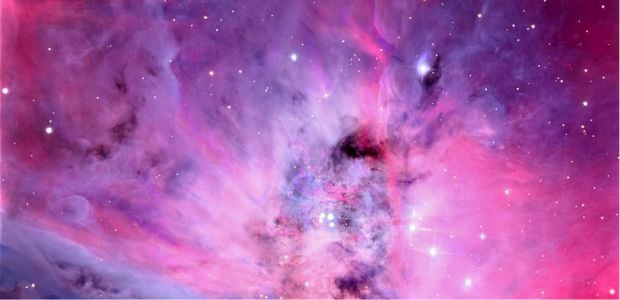MagAO Camera
September 4, 2013
Astronomers have developed a camera that is able to capture clearer images of the night sky than any other camera currently in existence. The camera is called MagAO for “Magellan Adaptive Optics,” and its power equivalency would be that of seeing a dime from 100 miles away. The images are twice as sharp as what the Hubble Telescope can make. The mirror on the Hubble Telescope is only eight feet, where MagAO’s is an astonishing 21 feet. This allows for superior picture quality and an incredibly accurate view of our galaxy.
Scientists are exploring other possibilities for the camera as well. So far, it has already helped examine the famous and well-studied massive star that gives the Great Orion Nebula most of its UV light. Named Theta 1 Ori C, this star has been previously known as a binary star pair made up of two stars called C1 and C2, yet their separation is so small that before now, astronomers weren’t able to resolve the pair in a direct telescope photo. Now, scientists have used the new camera to see the two stars separately. The researchers also used the new camera to estimate the mass of one of the few stars in Orion with a rare “silhouette disk.” This allowed them to learn a little bit more about the distribution of gas and dust in young planetary systems.
The camera is a huge advancement for astronomers and brings with it countless possibilities and opportunities.









